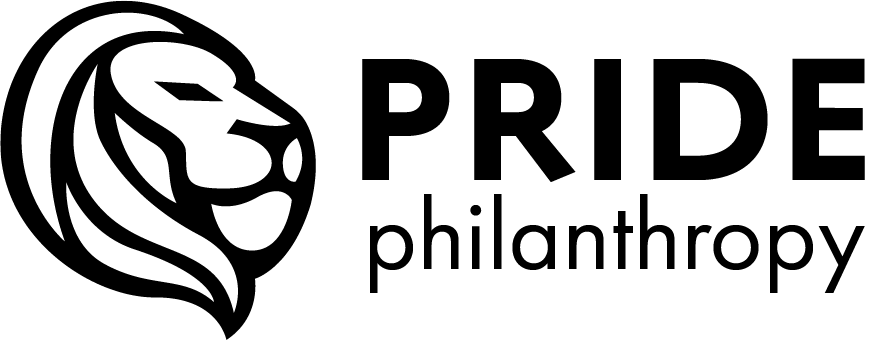Why Your Fundraising Campaign Should Start with a Quiet Phase
What Is a “Quiet Phase,” Anyway?
In a capital or comprehensive campaign, the quiet phase (sometimes called the “silent phase”) is the more private fundraising window—often 6-18 months—when you solicit your best-aligned, capacity-ready donors before unveiling the campaign to the wider community. To be clear, we don’t mean this to be the “secret phase”. We’re not keeping this information from anyone that we’re in a campaign, rather just not spending time and resources on the public phase of our fundraising efforts quite yet.
Seven Reasons to Start Quiet and Finish Loud
Jump-Start Momentum (Hit 30–50 % Before Announcing)
Securing a third or more of the goal behind the scenes lets you announce a “halfway there” headline instead of “help us get started.” This is especially true if your goal is particularly aggressive.
Early wins create social proof; people love joining something already succeeding, and we want people to jump on the bandwagon to celebrate the big win for your mission.
Invite Major Funders to Set the Pace
Lead gifts ($100K, $500K, $1 M+) can help shape a realistic public goal and gift chart for a workable strategy to be successful.
When top donors see they’re funding a serious initiative then they’re more likely to stretch.
Give Donors Time to Make Big Decisions
Family foundations and high net worth individuals often need meetings, tax planning, or liquidity audits before committing.
A quiet phase removes the ticking clock of a public deadline, lowering pressure and elevating gift size.
Enable Multi-Year Pledges and Larger Gifts
By extending the campaign window, you allow donors to pledge over 3+ years.
Spreading payments turns a “maybe $50K” into “yes at $150K, paid $30K per year.”
Protect and Sustain Community Enthusiasm
Short public campaigns can burn bright but fast. If you launch too early, energy can fizzle before hitting goal.
Quiet cultivation keeps excitement in reserve until you can showcase big early wins.
Focus Resources Where They Matter First
No rush to print glossy brochures or build full marketing packages early on. You can just focusing on talking to the right people.
Staff spend their best hours on strategic, relationship-driven conversations—not designing marketing collateral and landing pages.
Test and Refine Your Message in Real Time
Early donor feedback exposes confusing language, shaky cost estimates, or unclear impact stories.
You enter the public phase with a tighter case for support and dialed-in vision.
How to Run a Quiet Phase That Delivers
Map Your Top 20–30 Prospects
Use giving history, capacity data, and mission affinity to rank.
Assign clear cultivation steps and ownership for each name.
Arm Your Champions
Prepare board and campaign volunteers with talk tracks, FAQs, and a one-page case summary.
Practice role-plays so they’re confident asking peers for transformational gifts—whatever their role might be.
Sequence Meetings Intentionally
Approach your strongest insiders first (board, longtime major donors).
Leverage each “yes” to inspire the next tier of prospects.
Celebrate Quiet Wins (Quietly)
Share milestone updates with insiders to keep them engaged.
Hold back public fanfare until you’re ready for prime time.
Need help sequencing your fundraising campaign the correct way? Make sure that you don’t make any of the easy and preventable mistakes early on and send us a message. You can chat with one of our experts and we can learn more about your nonprofit!

